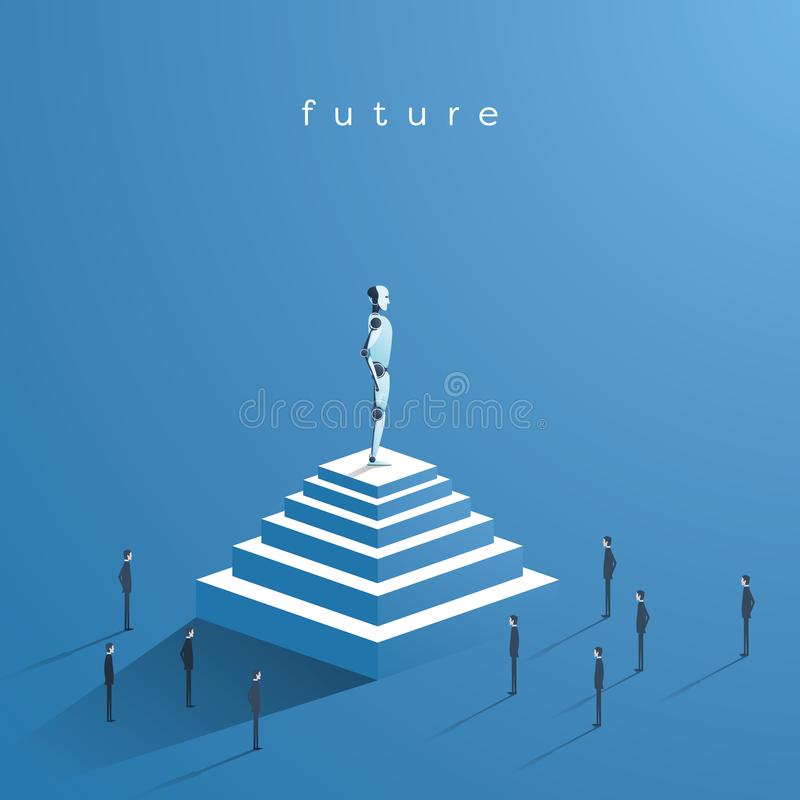The rapid advancement in AI technology and its worldwide adoption has risen concerns about the downside of AI technology, especially its increasing use in procedures previously performed by humans. AI is programmed by imitating the neuromechanical system of the human brain and is being used in various repetitive and tedious tasks for its efficiency and accuracy. For this technology to work smoothly, a high-speed and stable internet service plans such as the Spectrum WIFI plans are a prerequisite.
Artificial intelligence has reached impressive levels with the latest innovations like ChatGPT yet it has its limitations that restrict its functionality in replacing humans such as lack of emotion, curtailed creativity, and insensitivity.
Limitations of AI in Replacing Humans
Though artificial intelligence is programmed to operate like humans, it lacks several important functions that limit its capabilities and challenge its position regarding human replacement. These factors are discussed below.
Absence of Emotional Intelligence
Emotional connection is an important aspect of human interactions. It is based on feelings such as empathy, pain, and suffering. The superiority of humans to AI lies in their ability to sense and respond to the emotional needs of others. Successful businesses emphasize on forming a strong connection based on social and emotional intellect. Machines are less likely to be responsive to such needs as they are unable to “feel” or experience emotions and operate solely on the algorithms fed into their systems. Thus, the lack of human connections restricts them to operate in administrative areas that emphasize relationship building.
Restricted Boundaries
Artificial intelligence is largely based on the data entered into its system and the algorithms it has been trained on. The efficiency and accuracy of the AI systems depend on the relevance to their trained algorithms. The AI systems become ineffective for anything that lies outside the framework of the machine instructions. For example, for AI recognition technologies, the machine will only be able to identify items that have been fed into its system, any other image, or a slight variation in the images requires relevant data to be fed into the system before it can perform.
The restricted performance of AI to operate within a certain framework and lack of reasoning and adaptability make them vulnerable to human superiority.
Lack of Creativity
Creativity is the essence of innovation. It provides the basis for evolving work routines for increased participation and efficiency. Thus, creativity plays an important role in the workspace in dealing with complex situations and withdrawing essential ideas. Humans are independent in sourcing information
and gathering knowledge about a specific problem and making recommendations. However, AI is largely dependent on the data it incorporates and the default set of operations. It is designed to work within boundaries and is incapable of performing any task without prior programming.
Absence of Soft Skills
Successful employees that work together in a workplace exhibit certain qualities such as effective communication, interpersonal skills, teamwork, and creative thinking. These traits are essential for all workers from the entry-level to the top executives to thrive in their respective fields. Soft skills promote creative intellect and emotional intelligence with better communication. Machines, on the other hand, lack these essential skills required for growth and progress.
Human Designed AI Systems
Humans create artificial intelligence systems. Artificial intelligence can be considered as a subdivision of human intelligence. The idea of AI was conceived by humans, and the process by large is designed and implemented by humans who are responsible for entering data, designing algorithms, and carving hardware. The users of AI are also humans, therefore the argument of artificial intelligence taking over its creating forces is invalid and lacks substance.
Complimenting Intelligence Systems
Artificial intelligence technologies are used in tedious time-consuming tasks of repetitive nature. Though their accuracy in these simple tasks is unmatched, AI technologies are unfit for administrative jobs that require higher levels of reasoning and social intellect. Therefore, to say that the future of the job market will be largely based on AI machines and replace humans is an incorrect prediction.AI and human intelligence are complementing technologies that must co-exist for enhanced productivity. The replacement of Humans in small tasks should be looked upon as an opportunity to the HR systems, as the human resource taken away from these tasks can be deployed at areas of higher concern, demanding human traits that AI cannot compete with.
Artificial intelligence has penetrated deeply into human lives, transforming the way technology is looked at. Therefore, it has become difficult to operate without AI systems. At the same time, we must acknowledge the fact that AI systems will not be prevalent without humans and so they must co-exist to reach higher levels of productivity and optimize workflows.
- How to Prepare for a Cyber Security Job Interview - June 15, 2023
- Unblocked Games: Unlocking Fun and Learning Without Restrictions - June 14, 2023
- The 10 Principles of Insider Risk Management - June 14, 2023

